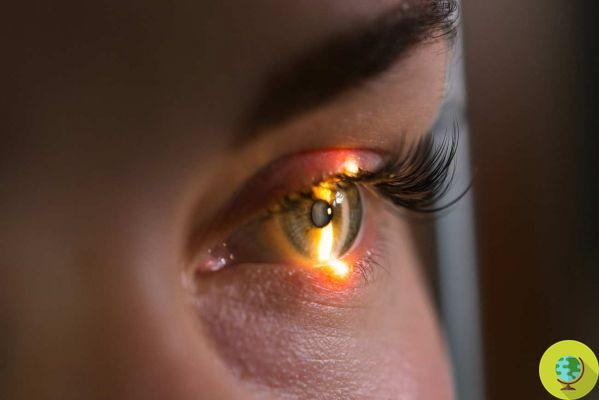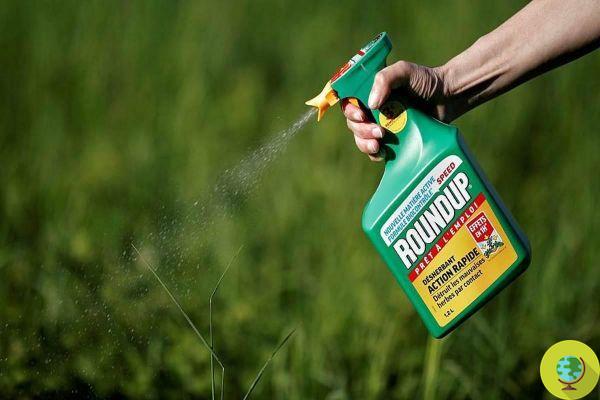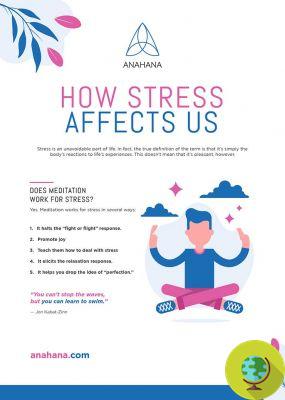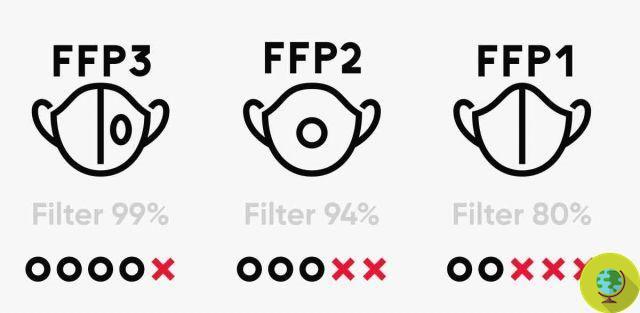
Research from MIT claims that current safety distance regulations to avoid coronavirus infection are insufficient. It serves 8 meters
Don't store avocado like this: it's dangerousStudies continue to try to better understand the dynamics of the coronavirus infection. Now an MIT study challenges what the WHO declared that it is sufficient to keep a safe distance of at least one meter from other people to avoid contagion. Research suggests that 8 meters may be needed!
The associate professor of the MIT, Lydia Bourouiba, who has been studying there for years dynamics of exhalations (coughing and sneezing), warns that current guidelines on the social distancing needed to tackle the coronavirus are based on outdated models from the 30s.
Dr. Bourouiba in her study found that fumes cause gaseous clouds that can travel up to 27 feet. She therefore warns that "pathogenic droplets of all sizes can travel from 23 to 27 feet" (ie from 7 to 8,2 meters). In his research, published in the Journal of the American Medical Association, he further argues that:
"The droplets that are deposited along the trajectory can contaminate the surfaces" and that "residues or nuclei of droplets" can "remain suspended in the air for hours".
We are therefore far from the indication provided by the WHO which, in its official notes on the pandemic, declared a safety distance of 3 feet (about one meter) sufficient.
The MIT expert warns that the current guidelines are "oversimplified" and may therefore not be sufficient to face the pandemic. Especially when we think of how many health workers every day operate at an "underrated potential exposure range" while caring for the sick.
Bourouiba told USA Today about it:
“There is an urgent need to review the guidelines currently provided by the World Health Organization and by the CDC (Centers for Disease Control and Prevention) regarding the needs for protective equipment, in particular for first-line health workers "
In the video you can see here you can see how human sneezing behave displayed by the scattering of light towards the camera from multiple optical sources and at different distances. The footage illustrates how emissions of mucosalivary fluids, in the form of droplets of a range of sizes, join the cloud of hot, humid gas that traps them and carries them forward to 7 to 8 m (26 ft). . This new understanding of the dynamics of respiratory emissions has, according to the doctor, important implications for the design of masks and respirators, for new recommendations of social distance and other public health interventions during and after the COVID-19 pandemic.
What does the WHO think of possible variations on this topic? In a note, the World Health Organization stated:
"WHO closely monitors emerging evidence on this critical topic and will update this science brief as more information becomes available"
Another Chinese study had already arrived at a similar result but, considered circumstantial (it examined the situation in buses) it had been discredited and withdrawn from publication.
Coronavirus: in closed spaces it would resist in the air for 30 minutes and up to 4,5 meters. The Chinese study inside a bus
Now, however, the new study gives him a hand and, indeed, increases even more the number of meters that would be necessary to avoid a possible contagion (the Chinese study spoke of 4,5 meters).
However, there are also those who dispute Dr. Bourouiba's results as the Dr. Paul Pottinger, professor of infectious diseases at the University of Washington School of Medicine which emphasized a very important point:
“For me, the question is not how far germs can travel, but how far they can travel before they are no longer a threat. The smaller the germ particles, the less risk they can infect someone who breathes them or gets stuck in their nose or mouth. The biggest threat - we think - with the coronavirus are actually the largest droplets. Droplets of saliva, snot, spit. Droplets that almost look like rain, if you like, when someone sneezes. Those droplets are quite large and gravity is still acting on them. Usually, about six feet from leaving someone's body, those larger, more infectious droplets fall to the ground. That's where the six-foot rule comes from "
If the coronavirus were truly contagious at distances of up to 8 meters, as Bourouiba argues in his research, many more people would be sick, says Pottinger.
In reality, however, it must be said that we do not know exactly how many are (and have been) infected since, at least in our country, no swabs are made at all and, it is now known, there are several cases of Covid-19 without symptoms or with mild symptoms.
In short, the question is tangled and complex, therefore still far from being fully clarified.
The article incorporates studies published in accredited journals and / or recommendations of international institutions. We make no claims in the medical-scientific field and we report the facts as they are. The sources are indicated at the end of each article.
Sources of reference: USA Today / Journal of the American Medical Association
Read also:
The WHO confirms: the coronavirus is not transmitted by air, but only by saliva droplets


























